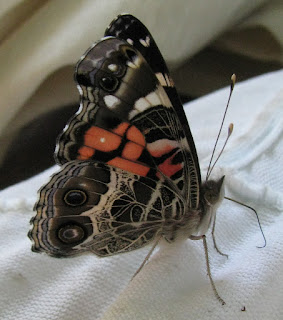Now to the contentious aspect of our
being: Do we have a soul? While there is little doubt about the
existence of the body and mind, we find strong debates about whether
the soul is real. And it's even harder to define than the mind. While
there is plenty of indirect evidence for the reality of the mind, the
soul is much less substantial and provable. The dictionary defines it
as “the spiritual or immaterial part of a human being or animal,
regarded as immortal.”
That “immortal” part is what some
people object to. They might agree with the immaterial part (after
all, so is the mind), or even the spiritual aspect, but how does
anyone know that it's eternal? Where is there any evidence for that
contention? What does spiritual even mean? Isn't the description of
the spirit and soul really a circular argument—because we define
the soul as the spiritual part of us, and our spirit as the soul of
us? In the end, the existence of the soul is essentially a
belief—something that many of us simply accept as true. Its truth
does not stand on nearly as solid ground as does the mind, however.
So the tripartite view of the human
being is a debatable one. The body is unequivocally real (unless you
are a hard-core disciple of Descartes). The mind—even though we
can't see or touch it—seems also to be real, especially if you
understand some of the remarkable findings of neuroscience. What
about the soul? Its existence—or not—is very open to
interpretation.
I
think a more relevant question on the issue is: Does it matter
if the soul is real? Does it matter if it's immortal or not? To some
people it matters very much. I'm not certain it does. What really
matters is that we live a moral life; that we help, rather than harm.
Anyone's belief in the soul or even the existence of God is, I think,
not essential to creating and living that moral life. And I believe
that is an important point—given that there is no irrefutable
evidence for either the soul or God. Neither can be irrefutably
proven nor banished. In the end, it's not my beliefs that matter;
it's my actions.


